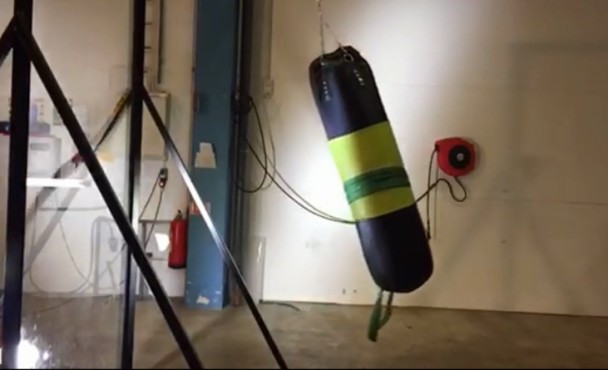When talking to people about the advantages of polycarbonate over acrylic for ice hockey spectator shielding, one topic that often comes up is the higher cost of polycarbonate compared to acrylic and whether the benefits justify the cost.
There multiple sources of evidence that flexible boards lead to a reduction in injures. The following link to the British Medical Journal shows an article where injury rates at the IHF World Championships were studied over a seven year period. It shows that injury rates (including those to the shoulder and head regions) were significantly lower when flexible boards were used compared to glass boards. Increasing this flexibility by using polycarbonate rather than acrylic is likely to lead to further reductions in injury rates.
When looking at the cost of polycarbonate versus acrylic sheet, there is no doubt that a sheet of 0.545″ or 0.472″ sheet of 48″ x 96″ polycarbonate is more expensive than an equivalent sized sheet of acrylic. This increase in cost may not be significant for arenas at the higher levels of hockey but could be an important factor for community level rinks.
However, it is important to remember that with polycarbonate sheet, it is not necessary to use the same thickness sheet as for acrylic sheet because the polycarbonate sheet will not break. In fact it is better to use a thinner sheet as it further increases the flexibility. It is perfectly possible to replace 0.545″ or 0.472″ acrylic sheet with 0.39″ polycarbonate sheet; this reduction leads to 30% weight saving in the case of the 0.545″ sheet and 20% weight saving in the case of the 0.472″ sheet. This reduction in the weight means that the price of the polycarbonate sheet drops and becomes very competitive with the thicker acrylic sheet. Even though switching from polycarbonate to acrylic is unlikely to give an material cost saving, it is also unlikely to contribute to a cost increase.
Although the capital cost is likely to be similar, the labor cost of installing the thinner sheet is likely to be lower as it can be installed quicker and with less personnel. Also shielding breakage will be eliminated by using polycarbonate, reducing replacement cost. There is also the very real cost saving associated with reducing player injuries, which we will not attempt to calculate here.
In conclusion, because thinner sheet can be used when switching from polycarbonate to acrylic, it is likely that installing polycarbonate sheet will not be any more expensive than installing acrylic sheet. Cost is therefore eliminated as a reason for not switching to polycarbonate to improve hockey player safety.

